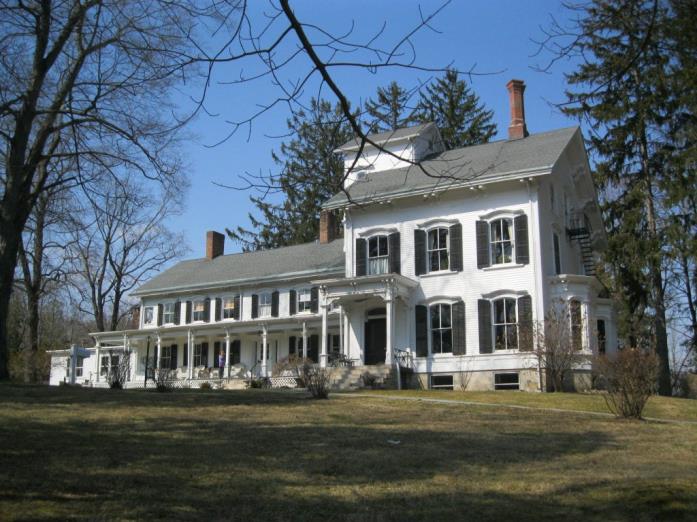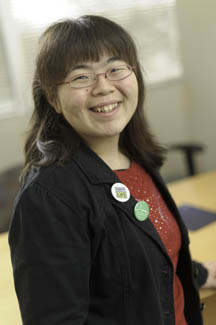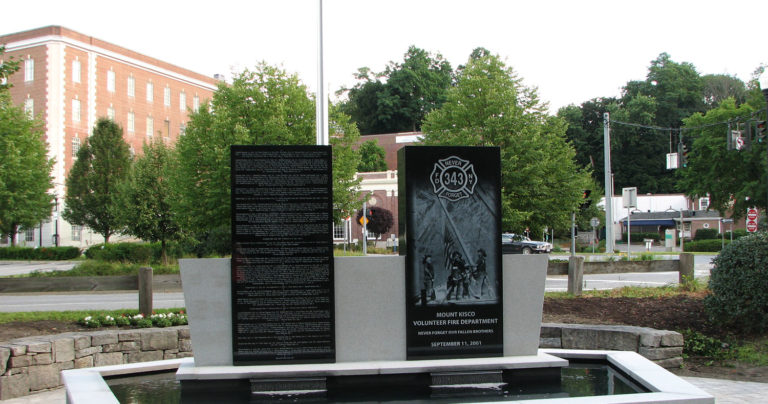Bringing Christmas Cheer: From “Shapiqua” to the Cheyenne River
This story was first published in The Inside Press.
Growing up in Chappaqua, Laure (Laur) Lachaud knew that the hamlet’s name originated from the Native American “Shapiqua” meaning “Running Water.” But she didn’t know a lot more than that about American Indian history or culture.
But a 2010 volunteer trip to a remote part of South Dakota, with the Cheyenne River Youth Project, (http://www.lakotayouth.org/) near the running waters of the Cheyenne and Mississippi Rivers, launched her education.
Lachaud attendedHorace Greeley High School in Chappaqua. “I was taking a break from school and had wanted to volunteer for a long time and had looked at different programs,” she said, eventually discovering the Cheyenne River Youth Project.
“I found I really knew nothing about Native Americans,” said the 25-year-old Lachaud. Seeing some of the conditions among the Cheyenne River Lakota Nation (also known as the Cheyenne River Sioux Tribe), a virtual lack of industry, entertainment and jobs, was a shock. She learned more about their history, culture and current challenges, and about ways to help make a difference.
This month, Lachaud returns for her sixth volunteer trip where she will join with an international corps of volunteers for the annual Christmas Toy Drive. (http://www.youtube.com/watch?v=7lWS1CJ8r4k) This special event delivers gifts to about 1,000 children who otherwise might not have much of a Christmas holiday.
According to the Cheyenne River Youth Project’s executive director and founder, Julie Garreau, these three million square-acres encompass some of the nation’s poorest counties. “We go into a lot of homes and there won’t even be a tree – or there is a tree and sometimes there is nothing under it. We try to change that,” said Garreau, a Lakota Native American. “For many of these kids, the toys from this project are the only ones that they receive for Christmas.”
The goal is to make the Toy Drive highly personal so that each child gets gifts that they have specifically requested, not simply a generic present for a “boy age 5” or a “girl age 10.”
Letters to Santa pour in throughout October and November. In December, they close the gymnasium to store and sort donated toys, and match them with individual requests. Each present is wrapped and has a name tag for the child who requested it.
Before volunteering, Lachaud, a part-time receptionist, had not worked with children. Standing four-foot-ten, she laughed that the other volunteers kept losing her among the kids. But this Christmas Eve, she will again don green elf gear and spend the entire day helping to deliver gifts, and cheer, to the kids. “They are so excited to see Santa and the elves,” Lachaud said. She finds that the joy on children’s faces mirrors her own. “It’s the most fun I’ve ever had,” she added.
The Toy Drive is a special experience, but Lachaud noted that the bigger picture goes beyond that. She hopes to help educate others about the needs and the opportunities to help. “There is so much in the news about the international plight, but I want people to know that there are kids suffering in the U.S.,” she said. “Their situation is so underreported.”
The Cheyenne River Youth Project works to improve both immediate and long-term conditions through an array of family, teen and children’s services. After the New Year, they are launching a new coffee shop, gift shop and a café. According to Garreau, their primary purpose is job creation and youth workforce development. “The goal is to employ young people and teach them work ethics and job skills,” she said.
The organization, and Garreau, has received numerous recognitions, including a 2013 Community Service award from the National Indian Education Association. “As a Lakota woman, growing up here, you love your community, you want to make it better,” Garreau said. “Our extended family is very important. For me, I am working to help our community, family and friends.”
Lachaud’s education has continued…about Native Americans and herself. She has met descendants from the same tribe as Sitting Bull and Crazy Horse and learned about their history. She finds that she relates to the Native American dry sense of humor and the importance of family to them. She was surprised to observe how infrequently Native Americans complain about things, like the weather. Shortly after her first arrival, the temperature plummeted to almost 20 degrees below zero and then an ice storm knocked out power for about 10 days. “It has made me complain a lot less,” she said.






